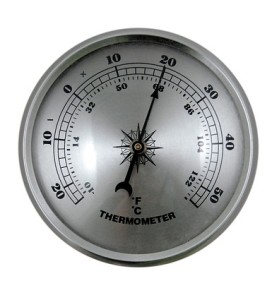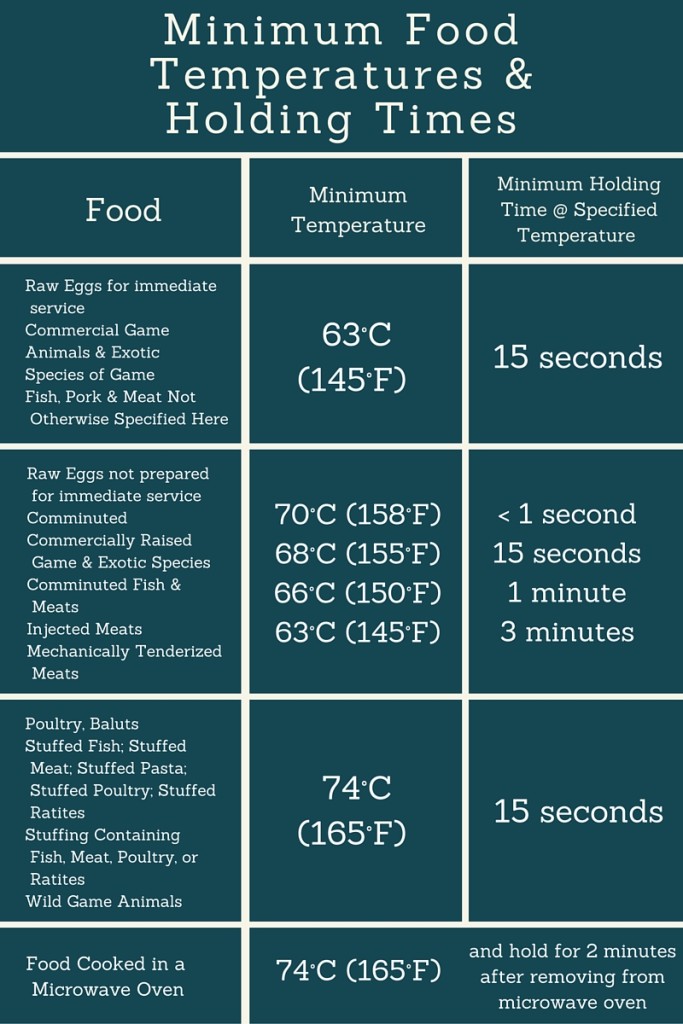 Monitoring and recording food temperatures often and accurately is critical to your restaurant’s operations. It’s the only way to be sure that your staff and your business are providing customers with safe food.
Monitoring and recording food temperatures often and accurately is critical to your restaurant’s operations. It’s the only way to be sure that your staff and your business are providing customers with safe food.
Restaurant Technology for Food Temperature Tracking
Many restaurateurs today are looking for a more efficient and accurate way to track food temperature, both in the restaurant and throughout the supply chain. Just like cloud-based POS systems and other advances, a new generation of wireless, sensor-based “smart” systems can be used for this purpose.
These sensors can be placed in holding areas, refrigerators and food preparation spaces to track temperatures, as well as the humidity and refrigerator door status. Wireless and automated devices can provide continuous monitoring and recording, reducing the risk of spoilage.
 Since the 2011 Food Safety Modernization Act (FSMA) requires food manufacturers and outlets to verify that their suppliers are providing them with safe materials and ingredients, staff can use these tools to measure and record the temperature of goods quickly, and create a record for future inspections automatically.
Since the 2011 Food Safety Modernization Act (FSMA) requires food manufacturers and outlets to verify that their suppliers are providing them with safe materials and ingredients, staff can use these tools to measure and record the temperature of goods quickly, and create a record for future inspections automatically.
One such system for temperature tracking is Intelleflex, which offers temperature monitoring tags that can be placed inside pallets or cartons either in the field or at the factory. Each tag has an on-board memory that stores product temperature and waypoint history through the entire distribution chain that can be read at any point without unpacking pallets or opening packages.
This technology allows inventory managers to check that the products have been properly stored and handled throughout distribution and accept or reject specific pallets and cartons in real time. The flexibility of these wireless innovations also makes monitoring food temperatures at multiple sites easier than ever, which is a huge benefit to restaurant operations.
Benefits of regular temperature monitoring include:
- Better results during health inspections and internal quality checks
- Controlled and extended food shelf life
- Improved food safety skills among staff and management
- Less waste
- Protection against a food-borne illness complaint
- Quicker awareness of refrigeration or storage problems
- Safer and better tasting food
The Food and Drug Administration’s required minimum cooking temperatures, as well as food holding times and temperatures, are available in the agency’s Food Code, a version of which has been adopted by just about every state. We’ll save you from sifting through 750-plus pages of regulations to find those numbers, however – we’ve put them into an easy-to-use chart:
Source: FDA Food Code 2013
As regulations, competition and technology continue to disrupt the industry, restaurants simply can’t afford to take risks with food safety monitoring. Losing a full refrigerator to spoilage or transmitting food-borne bacteria through your restaurant is a devastating blow that a struggling restaurant may not recover from. Continuously tracking food temperature with cutting-edge technology will help restaurateurs stay in business and keep their products safe.

